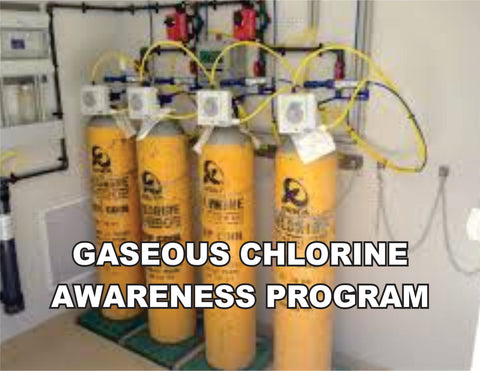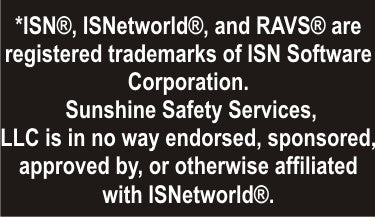Gaseous Chlorine Awareness Program - ISNetworld RAVS Section - US
$ 14.95
Gaseous Chlorine Awareness Program - ISNetworld RAVS Section- US

This Gaseous Chlorine Awareness Program (ISNetworld® RAVS®* Section), in addition to being a complete and functioning written safety program (chapter), it also contains all the required text elements that are sought by the ISNetworld RAVS® (Review And Verification Service) reviewer. This plan has been previously submitted and has achieved a 100% approval rating for our clients.
- All programs are guaranteed now and in the future to achieve 100% approval.
- There are NO maintenance or subscription fees.
- Simply notify us if any program falls out of compliance and we will correct it at NO CHARGE.
You are downloading a MicroSoft® Word document file to your computer that is completely editable:
- Gaseous Chlorine Awareness Program
- Approximate Word Count: 585
- Approximate Number of Pages: 3
- Page Reference Answers to RAVS Reviewer’s Questions: 4
You will also receive instructions for a simple two-step process to place your company name and safety person's name throughout this word document to conform it to your company. Please review, and feel free to alter or add to it as you wish with any specific company information or safety policies that you may already have.
The first two pages of the document are guidelines for conforming this safety manual section, an index for completing the RAVS® questionnaire (with all page references), and uploading the section.
If you experience any difficulty filling out the questionnaire, or have any questions in general about these documents, call 314-570-0072, or e-mail me at vsunshine1@gmail.com.
An excerpt from ISNetworld® RAVS®* Safety plan Gaseous Chlorine Awareness Program
Overview
Chlorine is greenish-yellow in its gaseous form and is 2.5 times heavier than air. It is extremely corrosive and will react violently with organic substances. Chlorine is a toxic, corrosive gas that can cause severe burns if inhaled or upon skin contact. It is a greenish-yellow nonflammable liquefied compressed gas packaged in cylinders under its own pressure. It can be a liquid at extremely low temperatures or high pressure. It has a distinct pungent odor. [2] Inhalation may cause coughing, choking, nausea, vomiting, headache, dizziness, difficulty breathing, and delayed pulmonary edema, which can be fatal. [3] Chlorine can be detected by its odor below the permissible limit; however, because of olfactory fatigue odor may not always provide adequate warning of the harmful concentrations of this substance.
For example, when petrochemicals are mixed with chlorine, they produce a dangerous explosive. Therefore, stored chlorine must be kept away from all sources of organic chemicals, and it must be protected from sunlight, moisture, and high temperatures. Chlorine’s corrosive nature requires that systems use special materials on all chlorination equipment. Systems must use corrosion-resistant piping, valves, and metering equipment and keep this equipment free from contaminants, including oil and grease.





